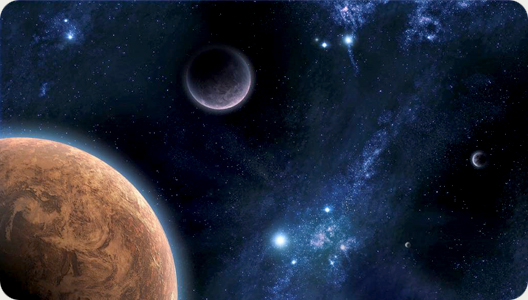
Creationism, Evolutionism, and Intelligent Design are three of the major positions on the question of how we got here.
What’s the difference between these positions?
That seemingly straightforward question proves surprisingly controversial.
Let’s take a look at it . . .
The Basic Question
The basic question at issue in the contemporary origins debate is whether or not the world was created.
It could be tempting to simply put participants in the discussion into two groups—creationists and evolutionists—and leave it at that.
Some on both sides of the issue would like to do exactly that.
In fact, some of the people who most readily identify themselves as creationists or evolutionists often speak as if these are the only two options.
Name Calling
Some creationists dismiss everyone who doesn’t hold their view as an “evolutionist” (using this term in a negative sense).
Some evolutionists dismiss everyone who thinks that the world was created as a “creationist” (using this term in a negative sense).
When this happens, the two camps are using prejudicial language. They’re calling each other names, and that doesn’t advance the discussion.
They’re also distorting the issue, because there are clearly middle positions on this question. In fact, there’s a spectrum of them.
The Spectrum
It’s possible to divide up that spectrum in different ways. In fact, it’s possible to divide it into a mind-numbing array of fine-tuned categories.
That gets unwieldy, though, and it seems that, today, most participants in the origins discussion would say that they advocate one of four major positions:
- Creationism
- Intelligent Design
- Theistic Evolution
- Atheistic Evolution
How can we describe these positions?